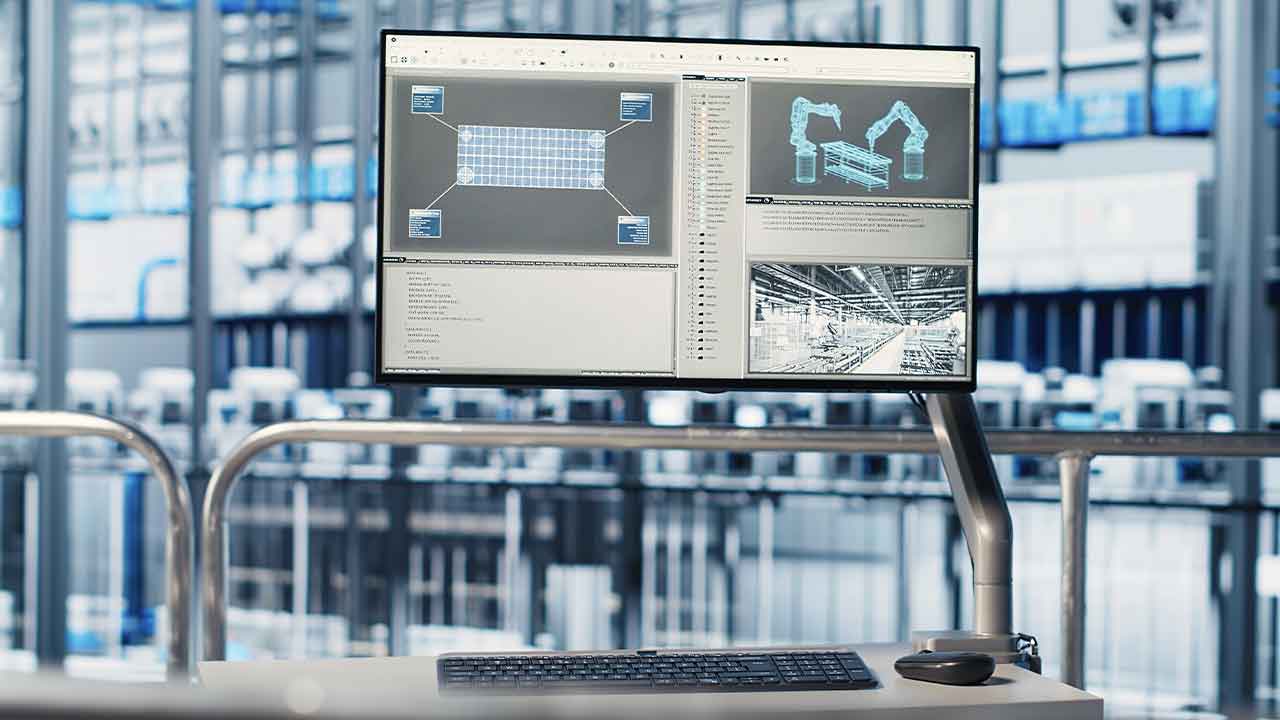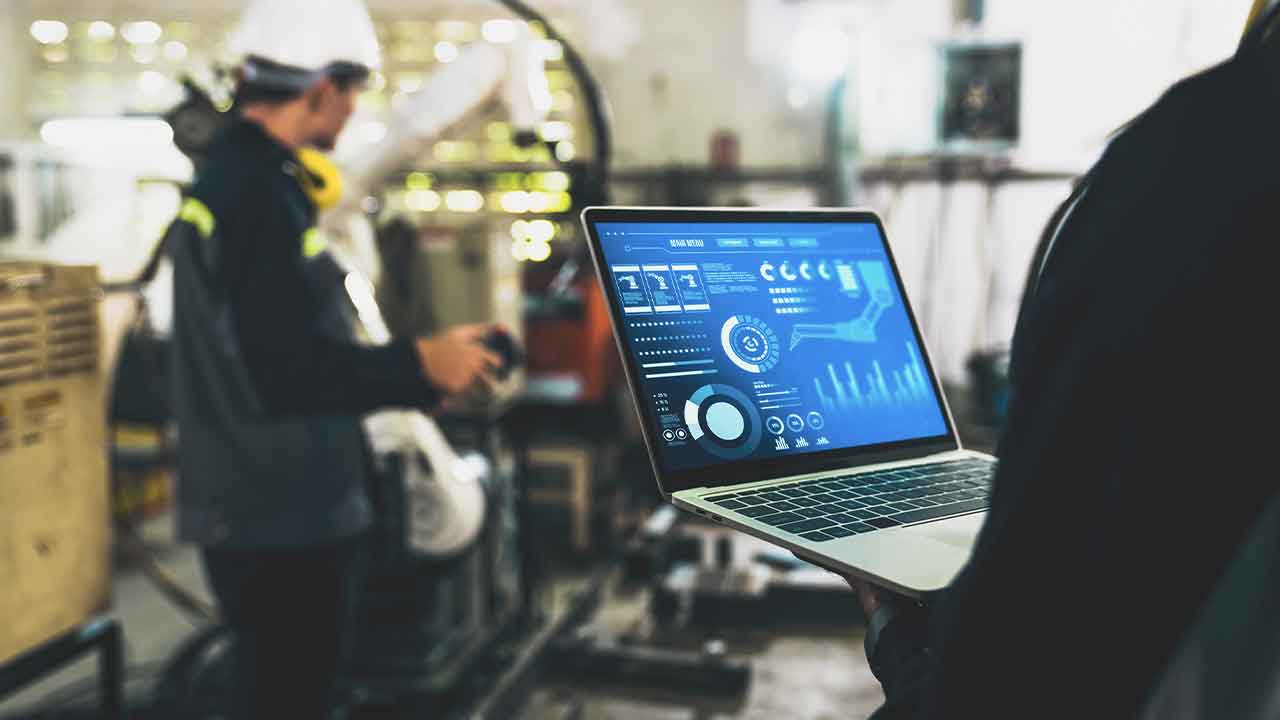Choose the Right Level of Predictive Maintenance
The terms Predictive Maintenance and IoT have been intertwined and used significantly over the last several years has caused the true meaning of prediction in this context to be difficult to ascertain. These variations or differences in what a Predictive Maintenance program is and how it is actually construed has caused Manufacturers and distributors to believe they are conducting a predictive maintenance program for their operations or field services when in fact they are actually providing a more exact condition-based preventative maintenance program and clouding the reasons why they originally pursued this endeavor.
Understanding why this is such a widely pursued initiative provides critical context for understanding a predictive maintenance program. Maintenance is purely a cost, and while the costs of maintenance are generally preferable to the costs associated with a break-fix program, maintaining assets is simply a cost and as such, it’s a cost that has to be minimized. Predicting asset maintenance needs has shown to be 20% – 30% more cost effective than a preventative maintenance program. It’s also a cost and problem that companies have shown they are willing to pay for someone else to manage the maintenance headache of equipment for them. And once revenue becomes a focal point, so does competition.
This reveals the second and more important reason for understanding the nuances of a predictive maintenance program; competitive differentiation and profitability. Understanding the different levels of outcomes with the various stages of predictive maintenance provides better clarity.
Usage Rate, Condition, Prediction
The first level is understanding usage, with the help of IoT sensors, of a machine with simple alerts that are triggered when thresholds are passed. These thresholds can represent the length of time, units produced or other usage based metrics. When an alert is triggered maintenance is completed. This type of program is akin to automating the manual data collection efforts of a preventative maintenance program. It will decrease the costs of collecting data from a piece of equipment and enable a more effective preventative maintenance program but it will not have a drastic impact on overall maintenance costs and will not support a differentiated maintenance services program.
The second level is understanding the operating conditions of the equipment in general and directing maintenance actions based on the differing levels of condition understanding. At the basic level, this can involve simple, single variate analysis such as temperature monitoring when a piece of equipment is in use. At a more sophisticated level, this involves complex multivariate analysis to determine condition such as the temperature, revolutions per minute and vibration of a piece of equipment over an extended length of time. This is a more complex and complete understanding of machine condition. This becomes more valuable when the actual conditions are compared to an expected degradation pattern. Most importantly, this level of understanding provides the beginnings to a differentiated service program because it provides the ability to begin understanding time until failure, albeit the time horizon is days to weeks as opposed to weeks to months of a true predictive program. It also allows field service programs to provide powerful reasons to bundle products and services in a single contract.
The third and final level is utilizing aggregated continuous operating condition to drive a predictive model. This yields continuous understanding of condition equipment, identifies equipment degradation pattern changes and predicts remaining useful life of individual components. This level is actually predictive maintenance as it is termed and, contrary to many beliefs, cannot be reached without a data scientist and a method for deploying and executing predictive models. To be able to actually predict remaining useful life and machine failures weeks to months prior to their occurrences and with a 95% or greater confidence level, the expertise of the data scientist, the ability to support algorithms with high run time complexity and having good historical data on machine performance with failures is critical. Involving maintenance staff or field technicians provides some value in contextualizing failures but they are typically not the strongest resources needed to complete this task. Additional technologies such as artificial intelligence and machine learning are also valuable in supporting the long term viability of a Predictive Maintenance program and should be incorporated as soon as possible.
Obtaining this milestone enables companies to create differentiated service contracts because maintenance is only performed when needed resulting in the lowest cost to repair, service parts and components can be ordered on demand, freeing up net working capital and services can be automatically scheduled well in advance. Most importantly, once an organization is comfortable relying on this type of a program, the enterprise can create outcome and usage based contracts. This enables long term subscription contracts for assets which carry higher profit margins while providing customers with a program that matches their exact equipment requirements as the outcomes are based on what they need and what they are willing to pay for.
While the meaning of predictive maintenance has been stretched to encompass all of the different levels of capabilities discussed, to truly be able to predict remaining useful life and perform maintenance/service actions based on them an enterprise needs the ability to obtain the data (IoT), understand condition, leverage condition data for prediction and automate tailored actions to support the end objective of providing a predictive maintenance solution at the lowest possible cost. More about 7 Business Reasons to Develop a Predictive Maintenance Program
The article was written by Global Industry Director for Manufacturing & Transportation for Software AG, Sean Riley has been obsessively focused on enterprise digital transformation as it relates to production, field services, supply chains and new product development for the past six years. Prior to joining Software AG in 2011, Mr. Riley has over ten years of experience in the supply chain and logistics fields. In addition to his work experience, Mr. Riley has received a BA in Business Administration from Hanover College, a MBA with Distinction from DePaul University and is a certified Six Sigma Greenbelt. As well as being a continual guest lecturer for DePaul University, Mr. Riley also sits on the curriculum advisory committee for the Graduate Program for Supply Chain and Operations Management and has been named a Supply & Demand Chain Executive “Pro to Know” for the fifth consecutive year. Originally the article was published here.
Sorry, the comment form is closed at this time.



Pingback: Industry 4.0? What's the Big Deal? (in 30 seconds please) | Copy Paste Programmers